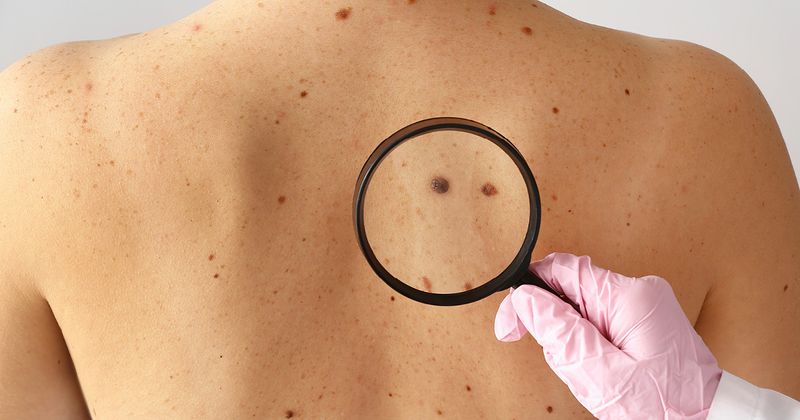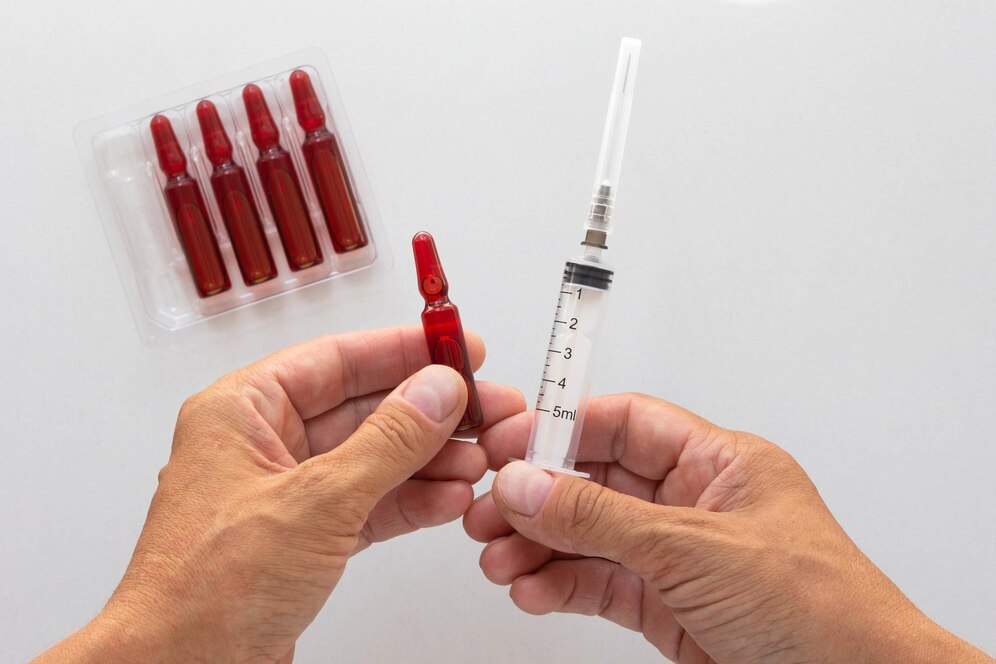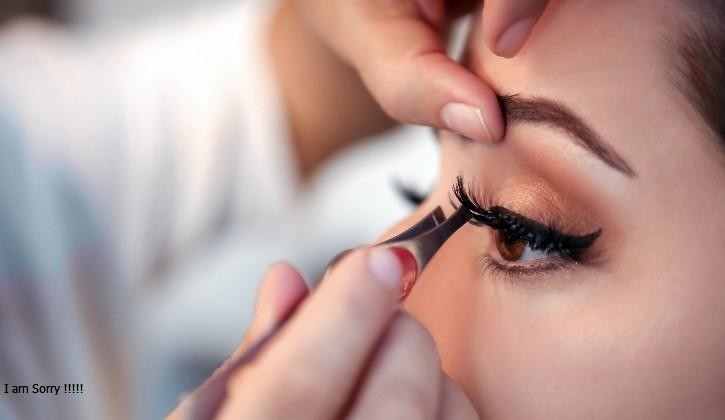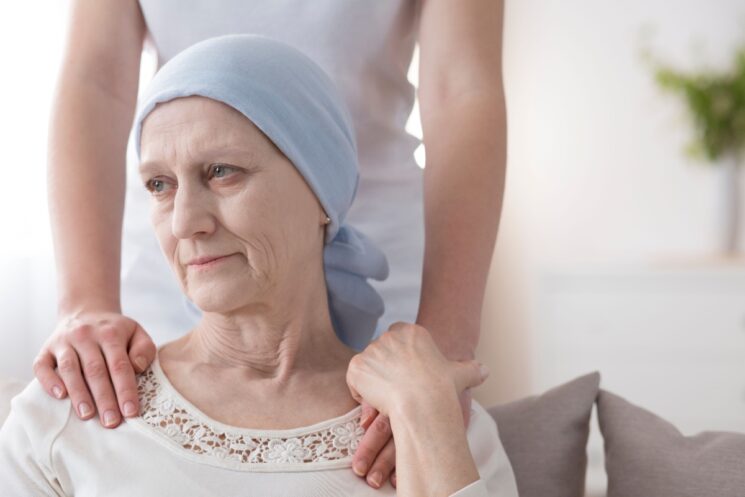Skin health has become very important in modern times. Many people pay close attention to any changes in their skin. However, we still see new cases of skin issues each year. Early detection can help doctors plan simpler treatments and reduce complications. This is why skin cancer screening is more crucial than ever. These checkups spot unusual growths before they become a bigger concern. Therefore, more people are learning about methods to keep their skin safe.
The Need for Early Checks
We must protect our skin. Sun exposure can cause many changes over time. Yet, technology has grown by leaps and bounds. Doctors use better devices to see skin spots with greater detail. Moreover, these checks can identify abnormal areas early. As a result, people can act fast. Some screening tools can see patterns that might be easy to miss. In addition, new imaging techniques help doctors find hidden spots. This process lets them compare images over time to check if anything grows or changes shape.
Rise of Modern Screening Technology
Many clinics use special devices with high-resolution cameras. These cameras record images of moles or lesions. Later, these images help track changes each month or year. Meanwhile, artificial intelligence (AI) also plays a vital role. AI tools can analyze pictures and highlight spots that deserve a closer look. Furthermore, these systems learn from thousands of previous cases. They can compare a new spot to patterns from past scans. Consequently, doctors get better guidance during checkups.
Teledermatology and Virtual Help
Some people live far from clinics. Others may have limited transport options. In these cases, teledermatology can help. Specialists can view a patient’s skin pictures online. They can then provide advice on possible next steps. In addition, patients can set up virtual visits from anywhere. This approach can save time and money. However, teledermatology is not a total replacement for in-person checks. Yet, it is a wonderful tool that broadens access to expert help.
Evolving Ways to Spot Risky Lesions
Doctors often rely on the ABCDE rule to identify suspicious moles. This rule focuses on Asymmetry, Border, Color, Diameter, and Evolving nature. However, modern trends go beyond these five points. New machines detect small color changes and size variations in real time. Moreover, digital technology offers clear 3D images. These images help identify spots that are hard to see with the naked eye. As a result, doctors can find signs of melanoma early and improve patient outcomes.
Dermoscopy and Its Significance
Dermoscopy uses a special magnifying tool. It allows doctors to see tiny structures under the skin. Meanwhile, it reduces guesswork and highlights precise details. In many cases, it guides doctors who need to decide whether to remove a mole or watch it. Furthermore, dermoscopy helps detect early signs of skin cancer. Trained eyes can see patterns that stand out as unusual. Therefore, chances of timely treatment become higher.
Rise of Mobile Clinics and On-the-Go Services
Mobile clinics offer checks in communities that lack easy healthcare access. Health professionals travel to cities and towns in special vehicles. They bring devices to do exams on the spot. In addition, these clinics spread important information about preventive steps. People can drop by without long waits or difficult travel. Consequently, more people can get the help they need. This approach proves helpful for busy families and older adults.
Public Awareness Efforts
Awareness campaigns also help. Many groups teach people how to protect their skin from the sun. They also remind them to watch for any new spots, lumps, or sores. Moreover, these campaigns explain why early checks matter. Therefore, more people are likely to visit a doctor when they see a strange mark. Campaigns also share easy skin care tips. They highlight sun-safe hats, protective clothing, and sunscreen use.
A Closer Look at DPN Detection
Dark bumps on the skin may cause alarm in some people. Yet, Dermatosis Papulosa Nigra (DPN) is often harmless. This condition appears as small brown or black spots on the face or body. Sometimes people seek removal for cosmetic reasons. However, new technology also helps detect unusual changes in these spots. In the middle of modern care methods, dpn removal remains a popular request. This procedure has become easier with laser tools that remove spots without major scarring.
Why DPN Detection Is Important
Some DPN spots might look like other growths. Doctors must rule out any harmful changes. Thus, a closer look under a dermoscope can show if a spot is safe. Early checks also stop potential confusion with skin cancer. People often worry about new growths, so a fast check can give them peace of mind. Furthermore, safe removal options now cause less discomfort. That leads to better healing times and fewer follow-up visits.
Role of AI in Identifying Both Issues
Artificial intelligence helps detect both cancerous and benign lesions. Modern AI scans large sets of skin images. Then it tags them based on patterns of color, shape, and depth. When a new image is introduced, the AI compares it to known examples. As a result, doctors get warnings if a mole looks suspicious. In addition, AI can spot changes in DPNs as well. This tool can help reduce false alarms. Yet, a human expert still makes the final call.
Benefits of AI Tools
- Speed: AI processes many images quickly.
- Accuracy: It can highlight subtle details that escape the human eye.
- Consistency: AI gives more uniform results across different clinics.
However, these tools are meant to assist, not replace doctors. A trained professional still interprets the results. Moreover, AI cannot replace a doctor’s wisdom or personal touch.
Enhanced Biopsy and Lab Analysis
Doctors usually rely on biopsy when they see a suspicious mole. During a biopsy, a tiny sample is removed and studied in a lab. This step confirms if the tissue is cancerous or not. Furthermore, advanced lab tests now examine cells in detail. Special stains reveal if the cells grow faster than normal. This leads to a clearer diagnosis. Early detection also means shorter treatments and better chances of recovery.
Non-Invasive Methods
Some new methods allow doctors to see deeper layers without cutting the skin. For example, confocal microscopy uses light to scan layers of tissue. It produces high-resolution images that help spot irregular cells. In addition, optical coherence tomography creates cross-sectional views. Both methods can save people from unnecessary biopsies. Yet, they are not used everywhere. They need skilled operators and special setups.
Genetics and Personalized Approaches
Genetics can play a role in skin cancer. People with certain genes may face higher risks. Consequently, personalized screening methods arise. Doctors might advise more frequent checks for these patients. Furthermore, families with a history of melanoma are watched more carefully. Sometimes genetic tests help identify a known gene variant. As a result, healthcare providers might suggest earlier or more frequent checks.
Customized Treatment Plans
Once doctors confirm skin cancer, they map out treatment based on each person’s needs. Surgery, radiation, or other options depend on the tumor’s stage. In some cases, targeted drugs are used to halt cancer growth. Moreover, these therapies have fewer side effects. Likewise, immunotherapy taps into the body’s defenses. It helps the immune system recognize and attack cancer cells. Early and accurate detection is key to using these new treatments effectively.
Sunscreen Technology and Preventive Steps
Prevention is better than cure. Sunscreens today do more than just block UV rays. Some formulas repair mild sun damage. Others soothe sensitive skin and reduce dryness. In addition, clothing with built-in UV protection is available. These garments have tighter fabric weaves that block harmful rays. People who have higher risk might use these items more often. Furthermore, seeking shade during midday can help. Sun hats and sunglasses add extra layers of defense.
Daily Routines That Help
- Moisturizing: It keeps skin healthy and prevents dryness.
- Regular Checks: A quick monthly self-exam helps spot new changes.
- Healthy Diet: Antioxidant-rich foods support overall skin health.
By following these simple steps, people lower their chance of severe sun damage. Moreover, they become more aware of small changes in their skin.
Education and Skill Building for Professionals
Medical experts need more than standard knowledge to tackle modern trends. They attend workshops and online courses to learn about new screening tools. Furthermore, they practice reading digital scans and images. This training helps them spot subtle signs of concern. Doctors also learn how to handle AI outputs properly. They must avoid false alarms while still catching real issues. As a result, patients receive better care from well-trained providers.
Importance of Teamwork
Dermatologists, researchers, and lab technicians often work together. This synergy helps when analyzing complex cases. In addition, data from various clinics feeds AI systems. Researchers can then refine algorithms to boost accuracy. In some places, pathologists also use digital slides. They upload samples onto a secure platform for multiple experts to review. Consequently, more reliable diagnoses result from these combined efforts.
Public and Private Funding for Skin Research
Research is not cheap. However, governments and private groups see how vital it is to find better cures and screening tools. They fund projects that develop advanced imaging and AI algorithms. Moreover, they support studies that focus on how skin cells behave. Through these efforts, scientists uncover new methods to stop cancer cell growth. They also explore ways to remove or treat DPN with minimal scarring. Eventually, these breakthroughs can lead to widespread improvements in skin healthcare.
Global Partnerships
Many global teams share findings to speed up progress. They compare data from different regions and see how risk levels vary. In addition, some are working on portable scanners for small clinics. This allows for quick and affordable checks in remote areas. Consequently, valuable technology can reach more people. Meanwhile, doctors improve their strategies after seeing what works best overseas. This collective approach moves skin care forward in an exciting way.
Greater Accessibility and Outreach
Services are more accessible today because of simpler payment plans and better insurance coverage. Some programs offer free or low-cost skin checks to groups with limited resources. Furthermore, large organizations run events where people get quick checkups. These events raise awareness about sun safety, mole checks, and new treatments. As a result, more people see the value of early detection. Many health fairs also teach visitors about DPN and safe cosmetic removal options.
Mobile Apps and Digital Trackers
Smartphone apps help track skin changes over time. Users can take pictures of their moles once a month. They compare the photos for new spots or color shifts. However, these apps do not replace a real doctor’s advice. Yet, they serve as a handy reminder to stay vigilant. Some apps let users send images to a specialist. This speeds up the process of getting medical feedback. If a spot looks concerning, the patient can then visit a clinic. This technology helps people become more active in their own care.
Challenges and Future Directions
While modern tools are promising, some challenges remain. Not everyone has insurance or easy access to a specialist. In addition, advanced devices might cost more. This can limit their availability in smaller towns. However, organizations are working hard to make them more affordable. Another challenge is how to keep track of large sets of patient data. Healthcare systems must maintain privacy while allowing experts to share knowledge. More secure and user-friendly databases are being designed to address these issues.
Emerging Frontiers
- AI Improvement: Developers fine-tune algorithms with fresh data.
- Gene Editing: Researchers explore ways to prevent harmful mutations.
- Better Lasers: New laser technologies remove spots with fewer side effects.
These frontiers hold promise. Moreover, they might lead to faster, safer skin checks. Hence, the future looks bright for people who need these services.
Staying Alert and Seeking Help
We should all pay attention to our skin. Changes can happen slowly, so regular checks help us catch issues early. People should watch moles for any shift in size, color, or shape. If something seems off, it is wise to consult a professional. However, self-checks are only the first line of defense. Proper screening by a qualified expert is key to a complete evaluation. By staying alert, you can enjoy better peace of mind.
Questions to Ask Your Doctor
- How often should I get my skin checked?
- Are there any suspicious spots on my skin right now?
- Should I consider removal for any of my moles?
- What can I do to lower my sun damage risk?
These questions help open discussions about skin health. Furthermore, they pave the way for a personalized approach.
Key Takeaways
- Early detection through modern scanning methods leads to higher success rates.
- Technology like AI and mobile clinics makes checks easier and more precise.
- DPN removal is safer and more efficient thanks to lasers and proper identification.
Most skin experts agree that prevention is the best strategy. Many solutions now exist to make skin checks simpler. In addition, new methods help detect problem spots, including DPN. With growing awareness, more people take steps to protect themselves. Although challenges persist, continuous research brings hope. Eventually, these efforts will benefit everyone seeking clear and healthy skin.













